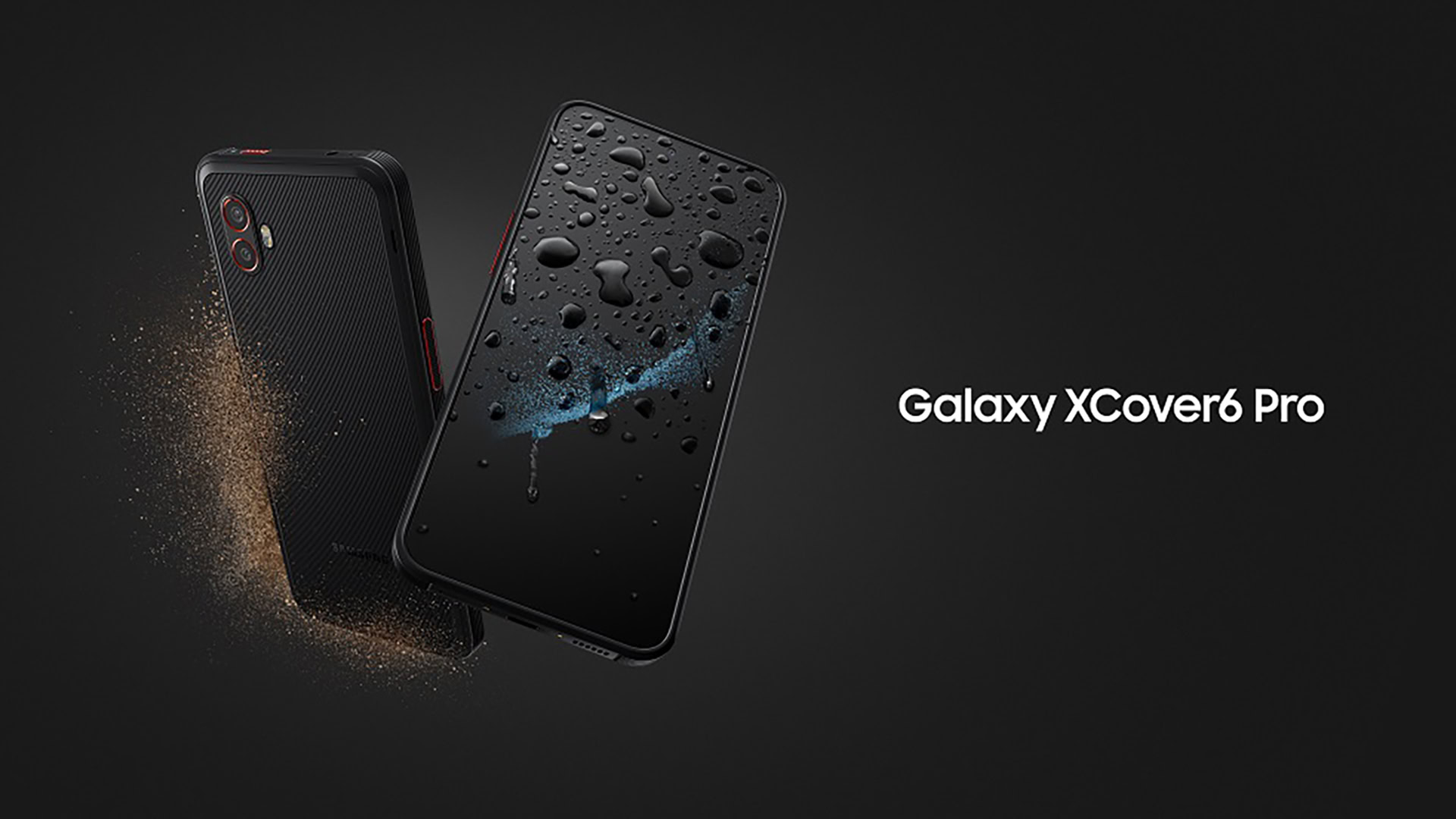Affiliate links on Android Authority may earn us a commission. Learn more.
Samsung Galaxy XCover 6 Pro here with removable battery, four Android upgrades
- Samsung just launched the rugged Samsung Galaxy XCover 6 Pro.
- It features a durable exterior, Android 12, four Android upgrades, and a removable battery.
- It will launch in July 2022 in select markets with a wider rollout to follow.
After a few weeks of leaks and rumors, we finally have the official announcement for Samsung’s latest rugged phone. Although primarily geared towards enterprise users, normal consumers will find a lot to love here.
The Samsung Galaxy XCover 6 Pro is a lot sleeker than most rugged phones. However, it doesn’t skimp on durability. It has a MIL-STD-810H-certified design, an IP68 rating, and the front is covered with Gorilla Glass Victus Plus — the same glass you find on the Galaxy S22 series. That glass covers the 6.6-inch FHD+ display with a 120Hz refresh rate.
See also: The best Samsung phones you can get
Inside, the phone is no slouch, either. It has an unnamed 6nm octa-core processor, which is rumored to be the Snapdragon 778G. This is a decent mid-range chipset with 5G connectivity. That’s paired with 6GB of RAM and 128GB of storage. You can add up to 1TB more storage through the included microSD card slot.
Most exciting, though, is the phone’s removable battery. This used to be something you saw a lot in the Android world but is now a rarity. The battery is sized at 4,050mAh and can be charged through the usual USB-C port or using the phone’s POGO pins.
Finally, the phone is powered by Android 12 out of the box. Samsung is supporting Dex connections with this device and also promising four Android upgrades and five years of security patches.
Samsung Galaxy XCover 6 Pro: Price and availability
Unfortunately, Samsung hasn’t divulged pricing information for the XCover 6 Pro yet. The Galaxy XCover Pro costs $499, so we’d expect a price a little higher than that.
Samsung did confirm that the phone will launch in July 2022. It will land in select markets across Europe, Asia, and the Middle East, and will expand to other countries — including, presumably, the United States — at a later date.
